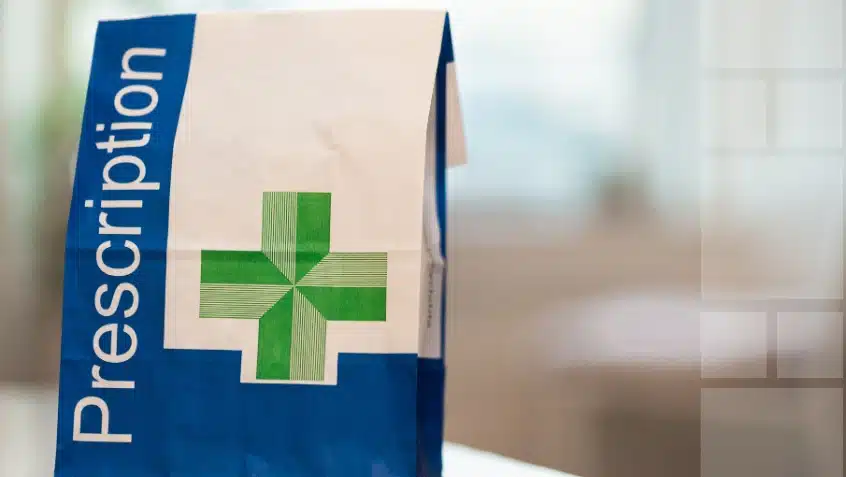Join Us Live for a Discussion on Medicare, Democracy, and the Future of Health Care
Part D Savings in the Inflation Reduction Act Set to Increase Over Time

The Inflation Reduction Act (IRA), signed into law by President Biden last week, includes immediate and longer-term policies that change what people with Medicare will pay for their prescription drugs. These reforms include establishing a hard cap on prescription drug costs for people with Medicare, simplifying and expanding access to the subsidies for people with limited incomes and assets, and further modernizing the program. This will directly ease financial burdens on millions of enrollees while making choosing a Part D plan more straightforward.
Currently, there is no cap on out-of-pocket spending in Part D. There is a catastrophic threshold, which reduces but does not eliminate out-of-pocket spending. In 2022, the threshold amount is $7,050, which includes beneficiary spending plus spending by other entities like State Pharmaceutical Assistance Programs, together with the value of the manufacturer discounts applied during the coverage gap phase. To reach the current threshold, beneficiaries generally pay about $3,000 of their own money. Once a person reaches the catastrophic phase, their copay is limited to 5% of the cost of the drug. But because many medications can have monthly costs of hundreds or thousands of dollars, that 5% can add up quickly. An estimated 200,000 beneficiaries spent $5,000 or more out-of-pocket on prescription drugs in 2020.
The IRA reforms effective in 2024 will eliminate that 5% cost sharing after the catastrophic threshold (projected to be $7,750) is reached, effectively capping beneficiary costs at their contribution to that limit (projected to be $3,250) and dramatically reducing annual expenses for people who take high-cost medications, like those for cancer or multiple sclerosis. For example, in 2020, among Part D enrollees without low-income subsidies, average annual out-of-pocket spending for the cancer drug Revlimid was $6,200 (used by 33,000 beneficiaries); $5,700 for the cancer drug Imbruvica (used by 21,000 beneficiaries); and $4,100 for the MS drug Avonex (used by 2,000 beneficiaries).
In 2025, the IRA further reduces costs by simplifying the Part D coverage phases and establishing a $2,000 out-of-pocket spending cap that doesn’t rely on calculating the value of manufacturer discounts. Instead of the current four phases in Part D, there will be three. This change shifts payment responsibilities away from beneficiaries and Medicare and onto plans and drug manufacturers, creating cost savings for people with Medicare and the Medicare program while incentivizing lower drug prices.
This change will directly impact beneficiaries’ budgets and well-being, and it will also make it easier to understand how the phases of coverage work and how to compare plans.
The bill also allows people who have high drug costs to spread out their expenses. Currently, some beneficiaries reach the catastrophic phase in January or February, which exacerbates the financial hardship of the high prices. The IRA will allow those who hit the out-of-pocket cap to spread that cost throughout the year.
The bill also makes changes to insulin copays, increases rebates for rising costs, and establishes zero-dollar cost sharing for vaccines that will take effect in 2023. In addition, the bill finally permits Medicare negotiation for high-cost drugs, which will be phased in after 2026 and require significant operational updates. We look forward to future guidance and rulemaking on these and other IRA changes.
Show Comments
We welcome thoughtful, respectful discussion on our website. To maintain a safe and constructive environment, comments that include profanity or violent, threatening language will be hidden. We may ban commentors who repeatedly cross these guidelines.
Help Us Protect & Strengthen Medicare
Donate today and make a lasting impact
More than 67 million people rely on Medicare—but many still face barriers to the care they need. With your support, we provide free, unbiased help to people navigating Medicare and work across the country with federal and state advocates to protect Medicare’s future and address the needs of those it serves.
The Latest
Most Read
Add Medicare to Your Inbox
Sign up to receive Medicare news, policy developments, and other useful updates from the Medicare Rights.
View this profile on InstagramMedicare Rights Center (@medicarerights) • Instagram photos and videos









